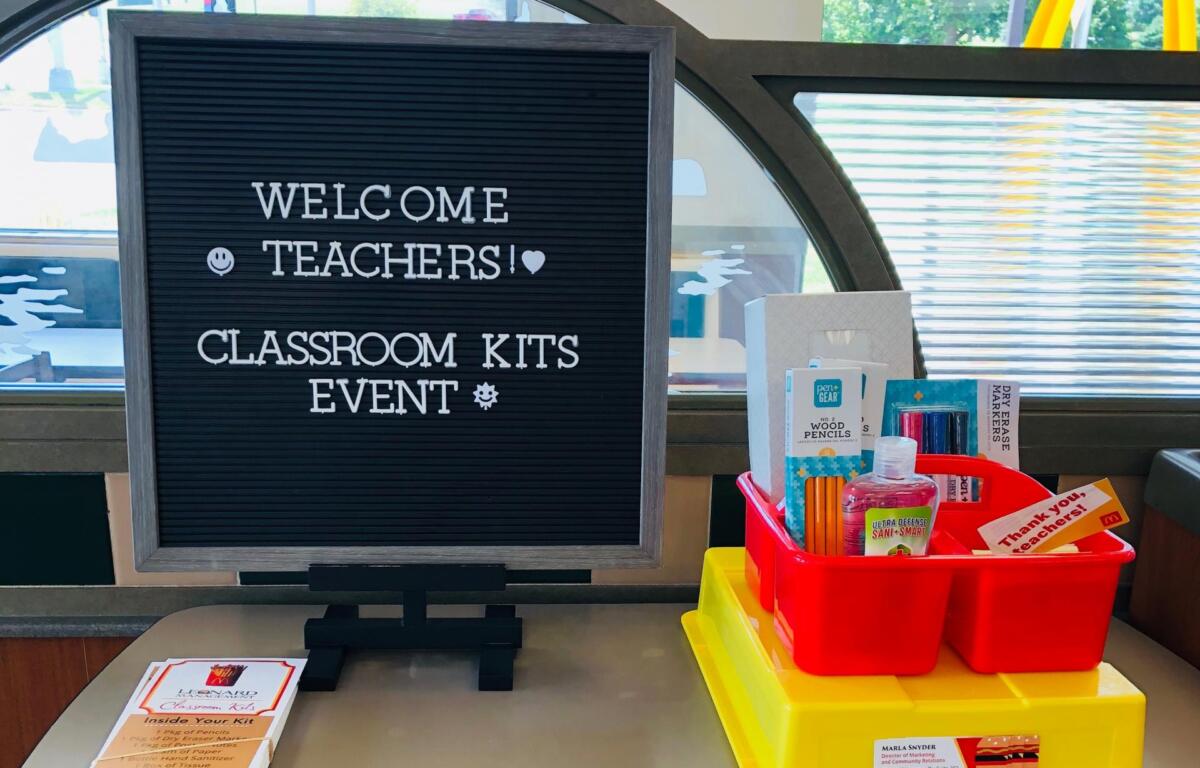I originally thought I would be a lawyer. I had grown up with a steady diet of crusading lawyer shows like Perry Mason and Petrocelli. I was paying for college myself so keeping debt down was a priority. I have no idea if my plan was feasible but originally I planned to teach during the academic year then go to law school at night and in the summer for a couple of years before quitting teaching to go to law school full time. When I realized that the practice of law was far from the Perry Mason ideal, I stuck with teaching. I liked teaching, was good at it and I got to deal with people before they became felons, usually. Education became my calling. I believe a quality education is the key to a better life and a higher standard of living. The question is, what is a “quality” education?
The World Bank defines a quality education as consisting of “Six A’s” beginning with:
Assessment: so one can know the students’ baseline skill levels and how far they’ve progressed in acquiring new, and advancing old, competencies.
Autonomy: both for students and the school; the school so it has the freedom to achieve educational goals the best way possible given its location and resources while developing autonomy in students recognizing that they are ultimately responsible for their own success in school and beyond.
Attention to teachers: realizing that quality teachers are ultimately where successful education begins and ends. Qualified teachers, with deep content knowledge and excellent communication skills who have outstanding rapport with their pupils are the keystones to educational excellence. The report also suggests that administrators “get out of the way” of successful teachers and let them get on with their work free of interference and “administrivia”.
Attention to early childhood development: is key to initial and sustained accomplishment in school. The Project STAR research, conducted as a statewide study in Tennessee, highlights the fact that small class sizes, especially at the elementary level, are critical to a student’s success throughout the educational process. Project STAR showed that students who had small class sizes (around 15 students) in lower elementary school were more than a year ahead of their peers from larger class sizes by the 8th grade. The addition of other adults (for example teachers’ aides) did not produce any gains. Small class sizes are the magic elixir for attaining this outstanding student achievement.
Attention to culture: promotes fluency in the national language for all – regardless of country of origin – as well as an understanding and appreciation of history with all a nation’s faults and foibles is key to national cohesion and effective governance.
Accountability: stakeholders have a right to expect and demand that their schools educate their children, not merely train or school them. Harvard’s Graduate School of Education’s studies have found that schools’ academic offerings impact only about 20% of a student’s achievement; factors around the school (like bullying, school climate, a sense of community etc.) account for another 20% while home life, family background and parental involvement are responsible for the remaining 60%.
Studies conducted by the World Economic Forum emphasize that the proficiencies important in jobs that can’t just be replaced by computers, robots or other automation are; intuition, lateral thinking, inventiveness, creativity, empathy and entrepreneurialism which makes instruction in the physical classroom with other students in proximity paramount. The World Economic Forum found that education should be conducted in person utilizing interaction among students without the use of technology so these skills can be learned, practiced and demonstrated together with other real people present. Too often technology becomes a babysitter, the distraction that keeps students from connecting socially in a deep, meaningful way and the mode for lazy “good enough” attempts with no real effort or learning as well as outright cheating.
How large are the class sizes that your kids are going to be crammed into? Is technology an educational tool or just another way to save a buck at the expense of your child’s future? Is your pride and joy being prepared for life and a productive future or just the next state assessment or the latest achievement test? If you don’t know you should find out. When was the last time you contacted your children’s teachers, monitored their progress or attended a School Board meeting? Be active in your kids’ education because these are the years that are the foundation for their entire future. Education is a three-legged stool; the school has a role, students have their responsibilities and parents have a duty to be informed and active in their children’s education.


